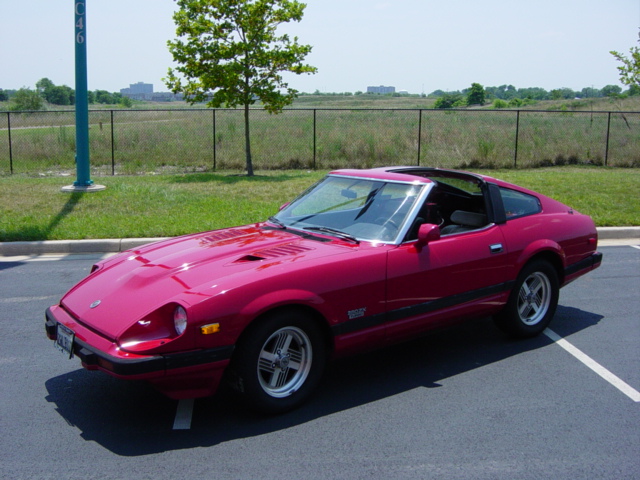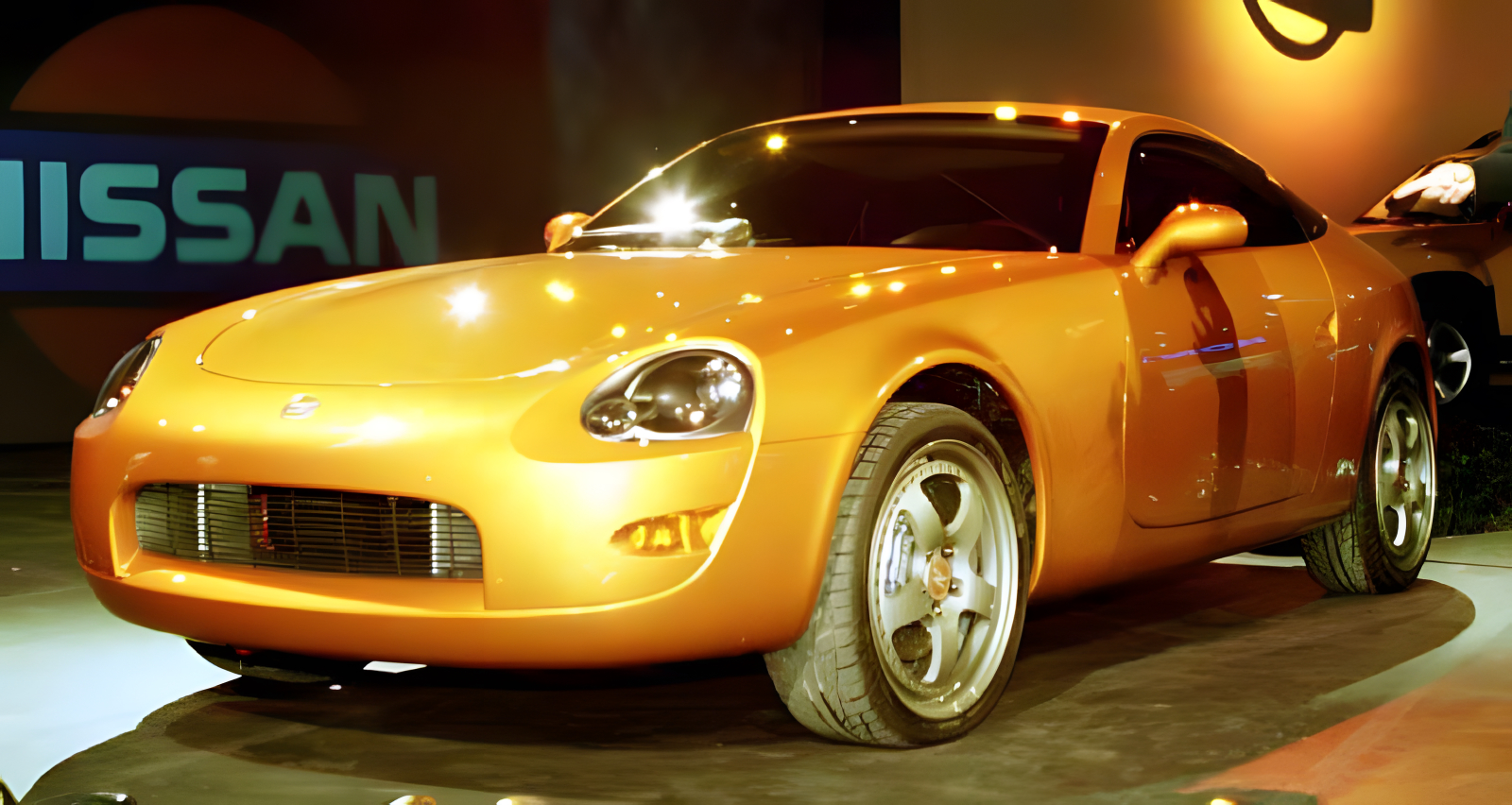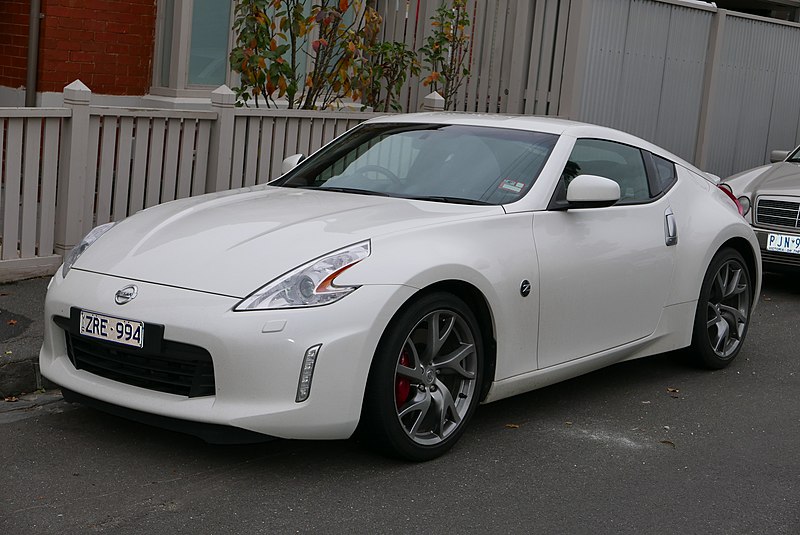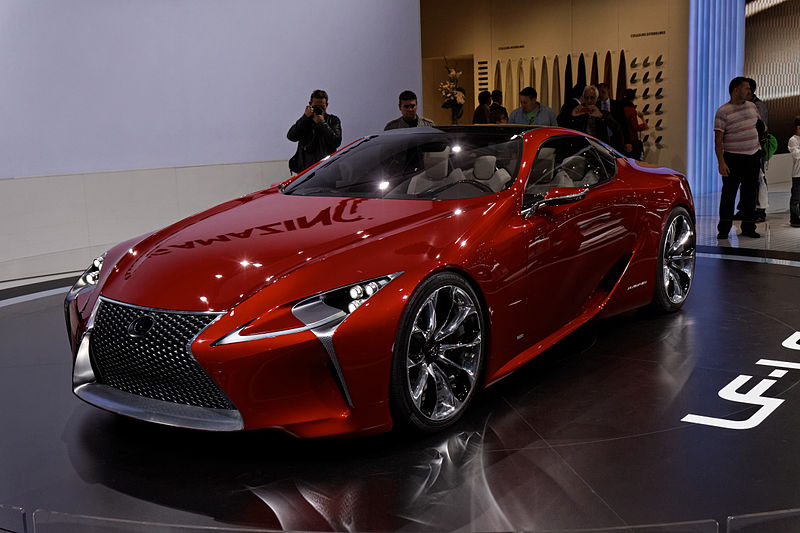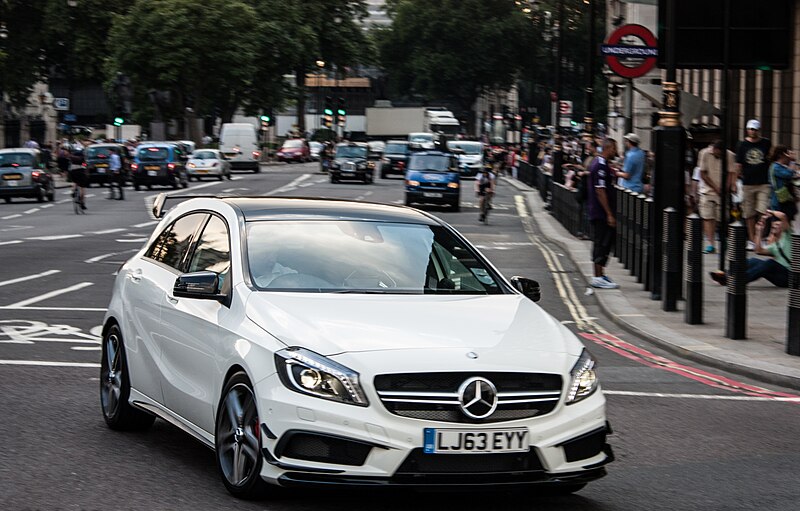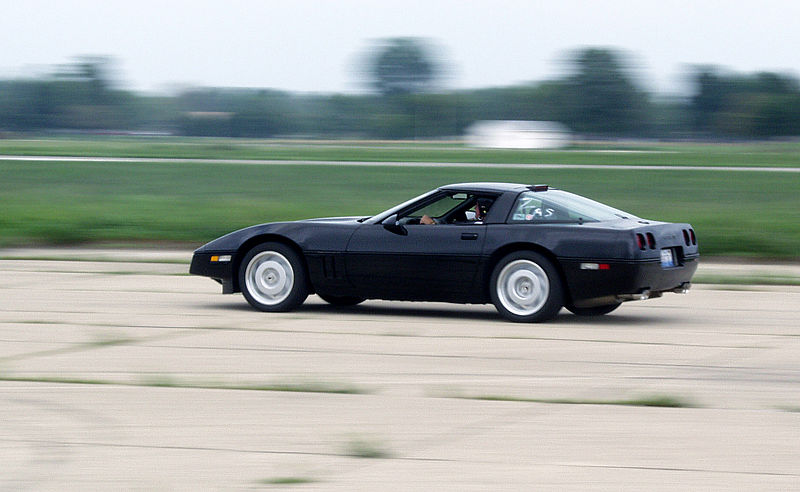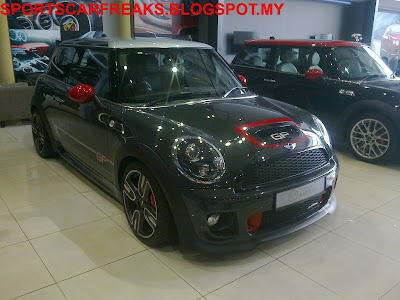You opened your favourite automotive news portal to feed yourself with attention-worthy news pieces. You scrolled down the long list of articles and if you happen to be a diehard fan of Ford Mustang, your jaw dropped. Your heart sank. You feel like screaming 'SACRILEGIOUS!!!' at the Blue Oval thanks to the news headlines that sounds roughly like this: Ford Mustang to join the hybrid bandwagon by 2020.
"Gasp! A muscle car brute joining the ranks of Prius?! You gotta be kidding me!", I heard you exclaiming. Well, as much it's disheartening the Mustang is going to zap its V8 with a good dose of electric power, this isn't necessarily a bad thing and in some way, necessary. Here are reasons why:
Even high-end sports car brand is going hybrid route
Hybrid technology is no longer exclusive to run-of-the-mill, fuel conscious family wagon. Ferrari is contemplating on hybridising their entire model lineup by 2019. BMW performance arm, the BMW M, is also looking to complement their M cars with hybrid technology.
If that's not enough, Mercedes and Aston Martin are dishing out their own street-legal hybrid hypercar.
Starting with Mercedes, their performance division, AMG, has confirmed their hybrid Mercedes AMG hypercar with F1-based (yep, it's the same engine found on Lewis Hamilton and already-retired Nico Rosberg's F1 car) 1.6 litre turbocharged V6 hybrid, though reportedly it might be larger in capacity as it's not subjected to motorsport regulation.
Joining Mercedes in producing insane street-legal hybrid hypercar, Aston Martin has team up with their partner, Red Bull Racing F1 Team, to develop their own version of the Mercedes hypercar, the AM-RB 001. This monster hypercar will get its power from a naturally aspirated V12, with extra power boost from F1-derived hybrid system.
All these leads to my next point...
Hybrid tech actually improves performance potential
Combine the internal combustion engine with electric motor and you have a recipe for a potentially tyre-shredding performance. I am going to use Ferrari LaFerrari as an example.
The Ferrari LaFerrari's 6.3 litre naturally aspirated V12 outputs around 789 bhp. Supplemented by the 161 bhp HY-KERS electric motor, the only hybrid Ferrari production supercar generates a whooping total output of 950 bhp, good for propelling it from 0-62 mph in less than 3 seconds. Thanks to the hybrid powertrain, the LaFerrari is the most powerful road-going Ferrari the brand from Maranello has ever produced, surpassing the F12 Berlinetta (730 bhp) and F12 tdf (770 bhp).
With LaFerrari's staggering performance figure in mind, I can't think of a reason why Ford wouldn't hybridise their iconic Mustang muscle car. If hybrid has granted LaFerrari the most powerful Ferrari road car crown, surely adopting hybrid tech is going to make the Mustang even more potent than the previous iteration of the Ford's pony car.
Of course, performance is not the only reason for going the hybrid route.
We have to go green yo! Coz tighter emission standard
This is by far the most crucial reason for sports cars to go hybrid. With emission standard getting tighter, this is becoming a necessity. More and more hybrid sports cars are hitting the roads, such as BMW i8, Koenigsegg Regera, second generation Honda NSX, out-of-production McLaren P1, Ferrari LaFerrari and Porsche 918 Spyder. These hybrid sports cars exist to give enthusiasts the performance they crave without getting under the environmentalist's skin.
So implementing hybrid should be a win-win for the much loved Mustang. You still get a Mustang with tyre-smoking performance with lower emission to boot. Despite the benefits hybrid technology offers, there are several challenges to overcome.
The Challenges
Weight
Obviously, adding electric motor and battery pack do add weight, a complete opposite in performance enhancement. When Porsche was developing the 918 Spyder, their test driver and legendary rally champion, Walter Rohrl, was initially sceptical of it being a hybrid, as such approach will add weight (the 918 Spyder won him over eventually).
With the current S550 Mustang weighing around 1600-1720 kg, implementing hybrid is going to make Ford's pony car weigh even more unless if they think like Koenigsegg.
Complexity
More parts, more stuff to break, higher expanses. Indeed, hybrid is one heck a complete headache-inducing piece of contraption to reap the performance and emission benefits.
According to Mark Fitzgerald, a senior automotive analyst from a market research firm, Strategy Analytics, hybrid cars require additional components that you won't find in conventional cars such as "electric motors, electric inverters and converters, high-voltage batteries, electronic control units, semiconductors and sensors". Well, this is not entirely surprising as hybrid needs extra bits of stuff to make them function.
Conclusion
The idea of hybrid Mustang is not entirely a bad thing. Yes, there are camps that will go up in arms at the idea, but given the challenges that automakers are facing (emission being one of them), the wave of hybridisation is more or less unavoidable. All I can say is welcome to the future folks!


